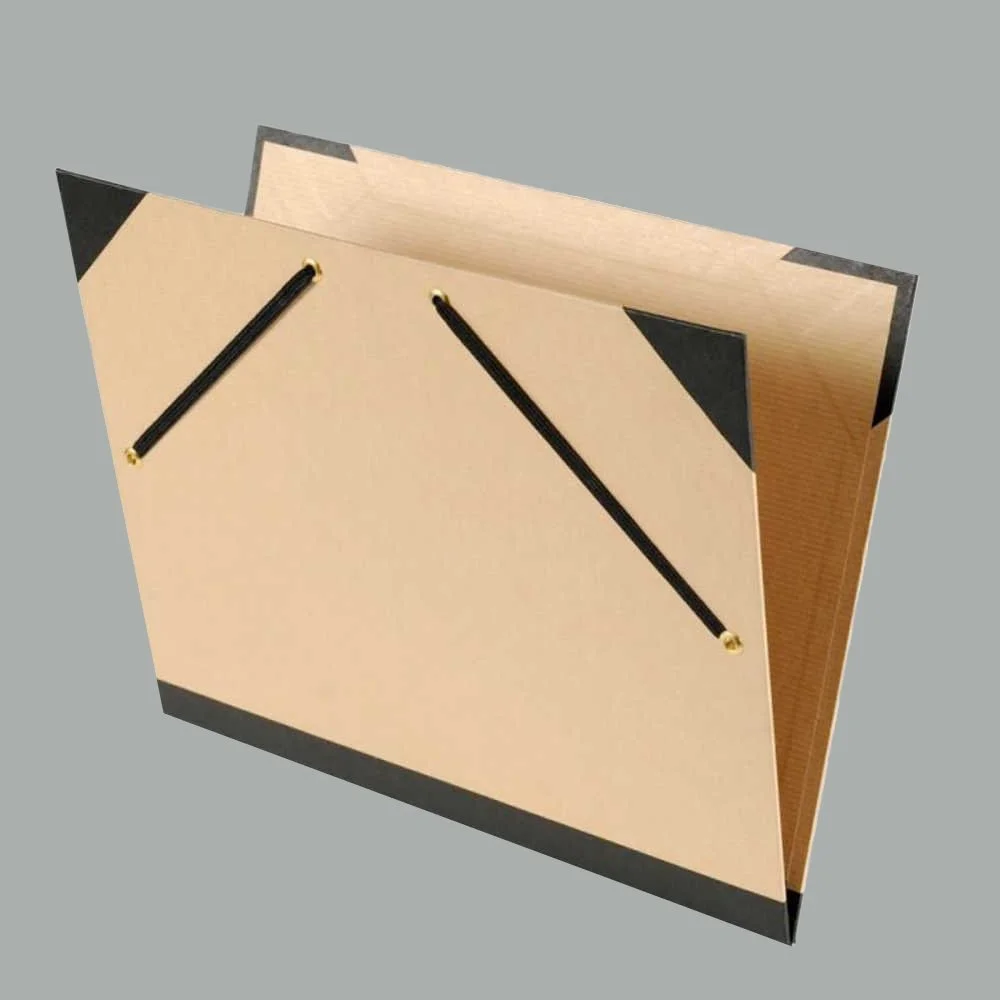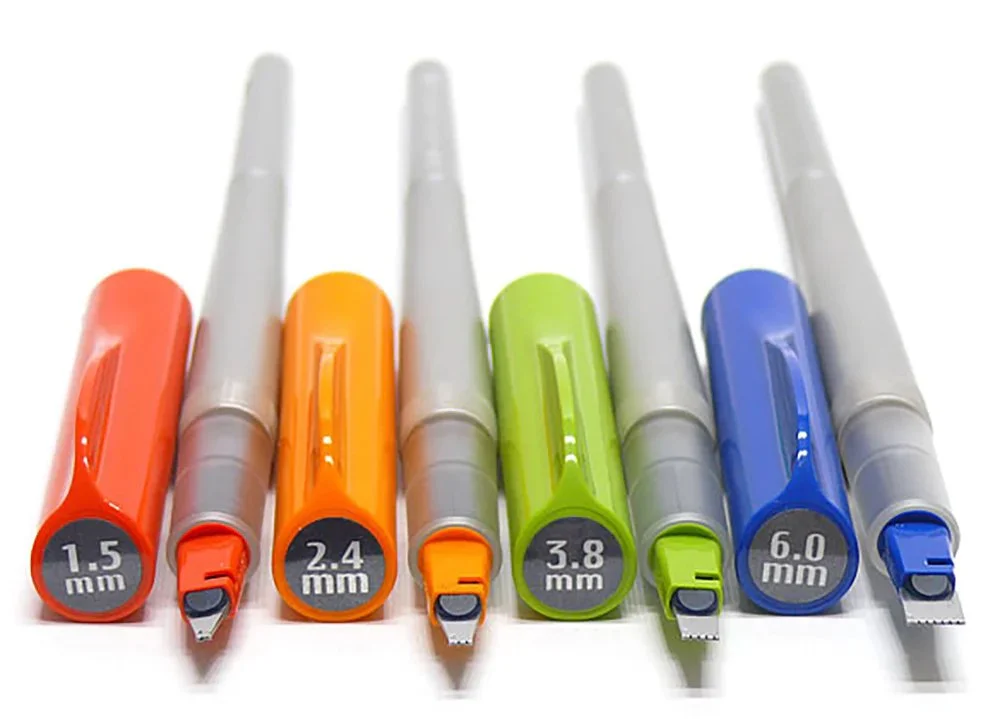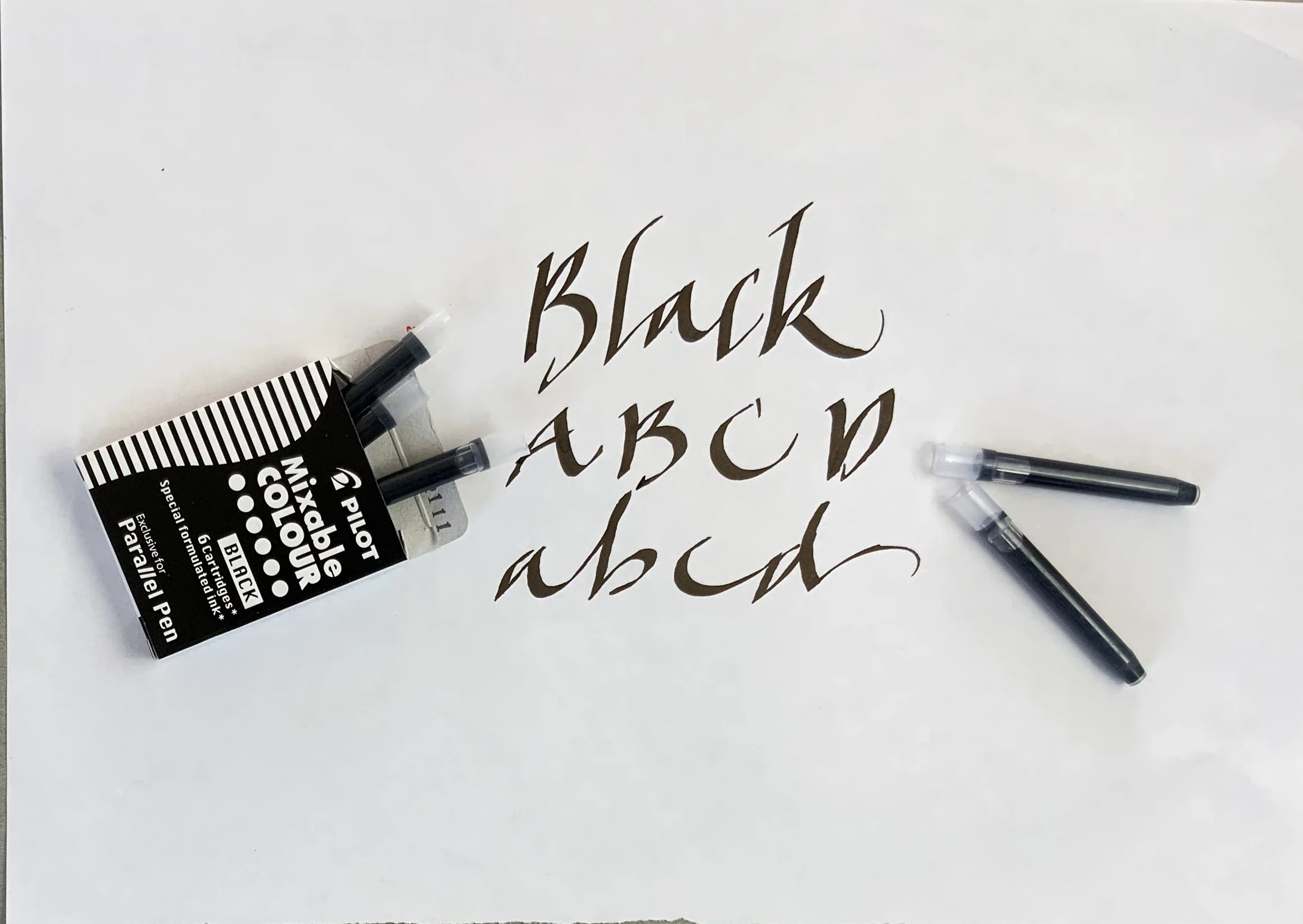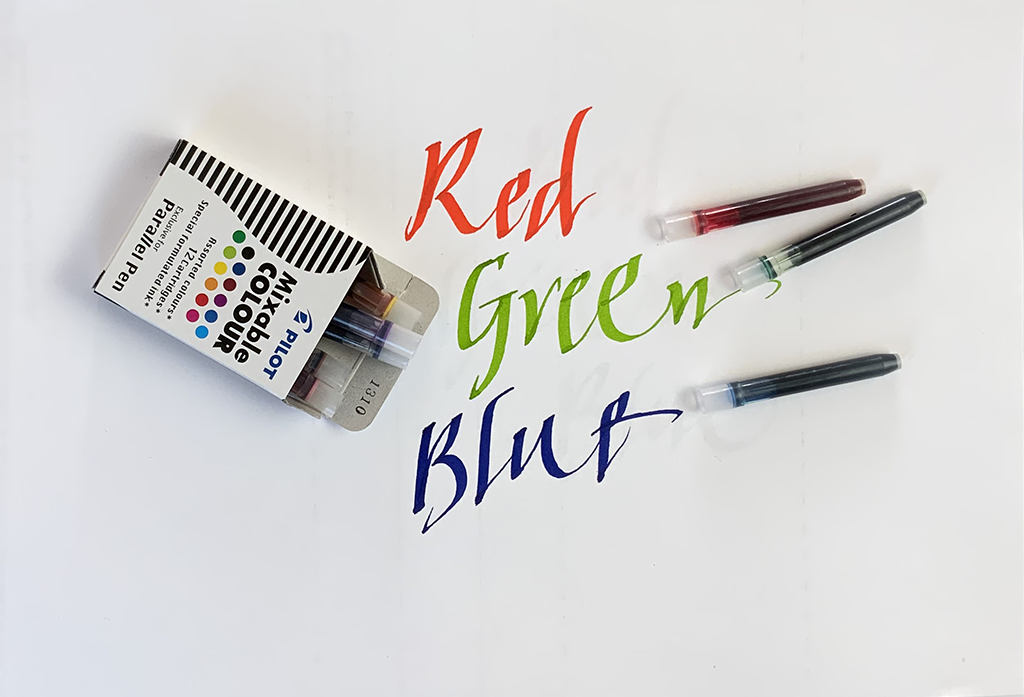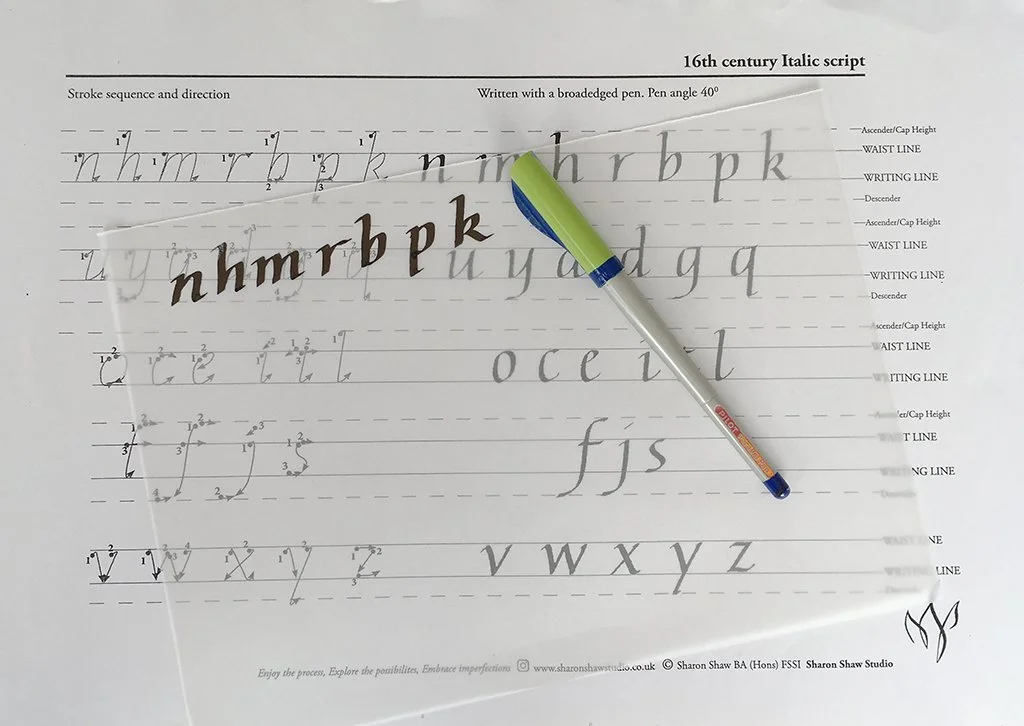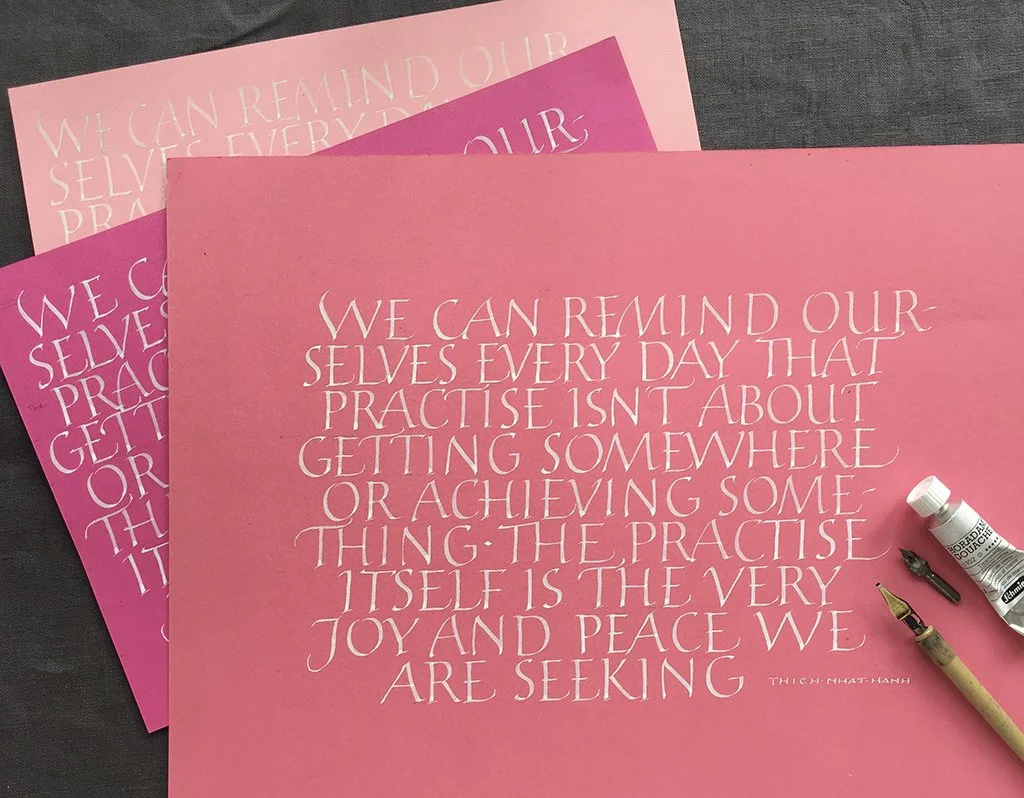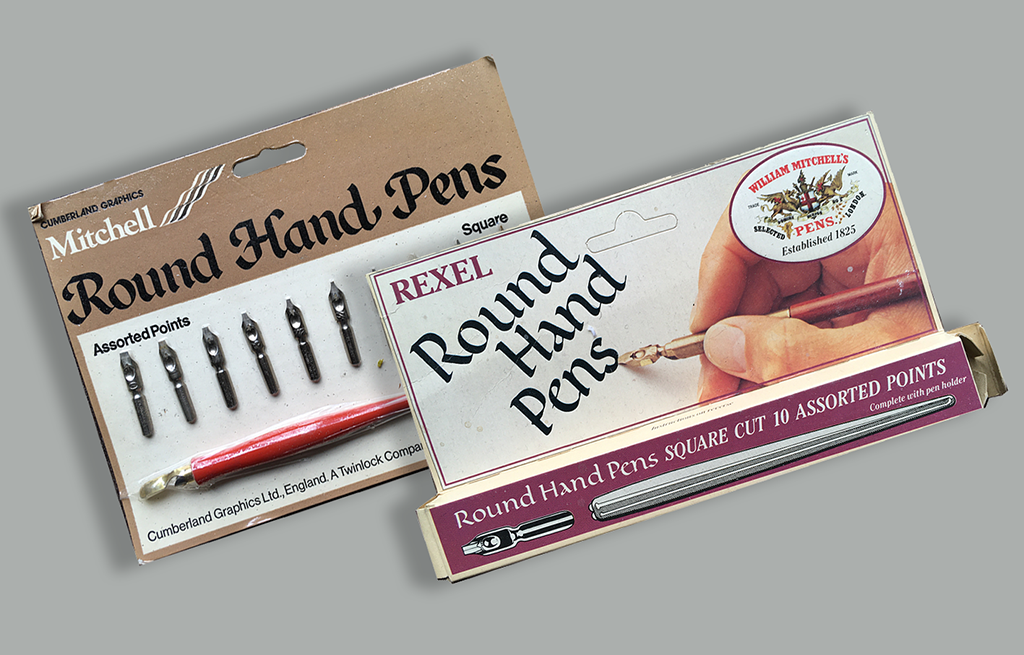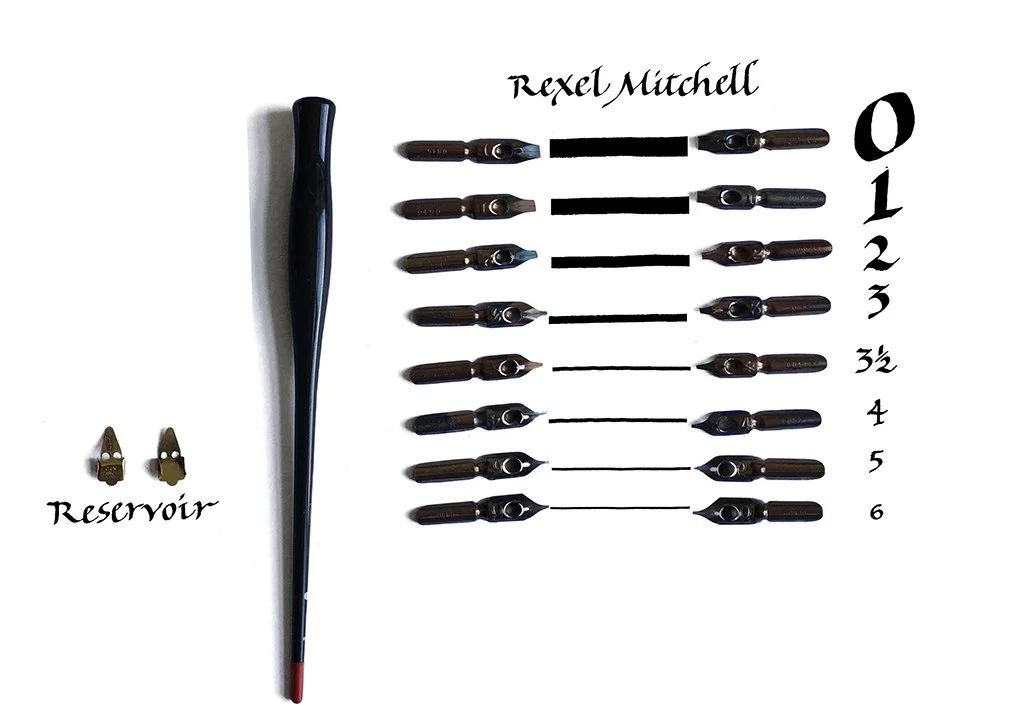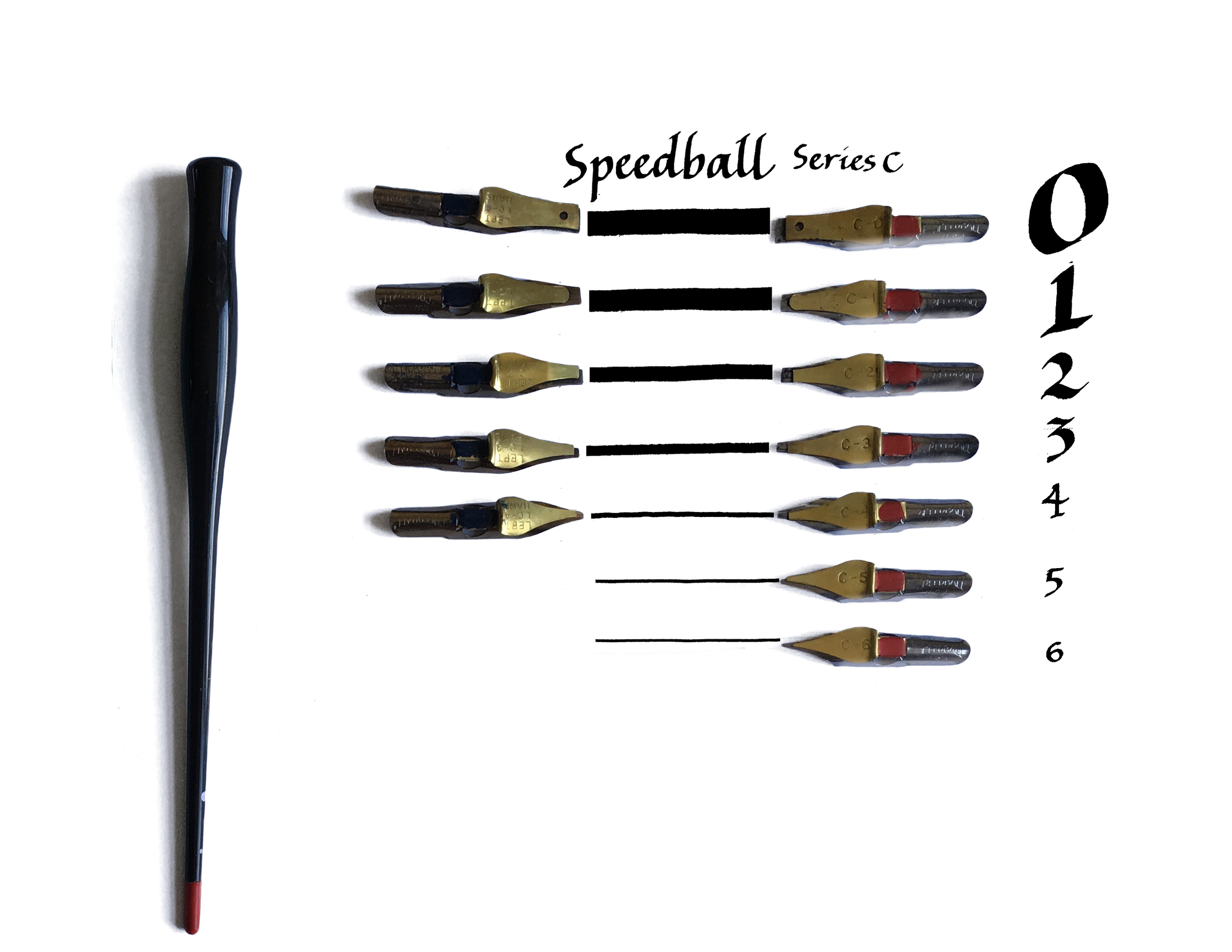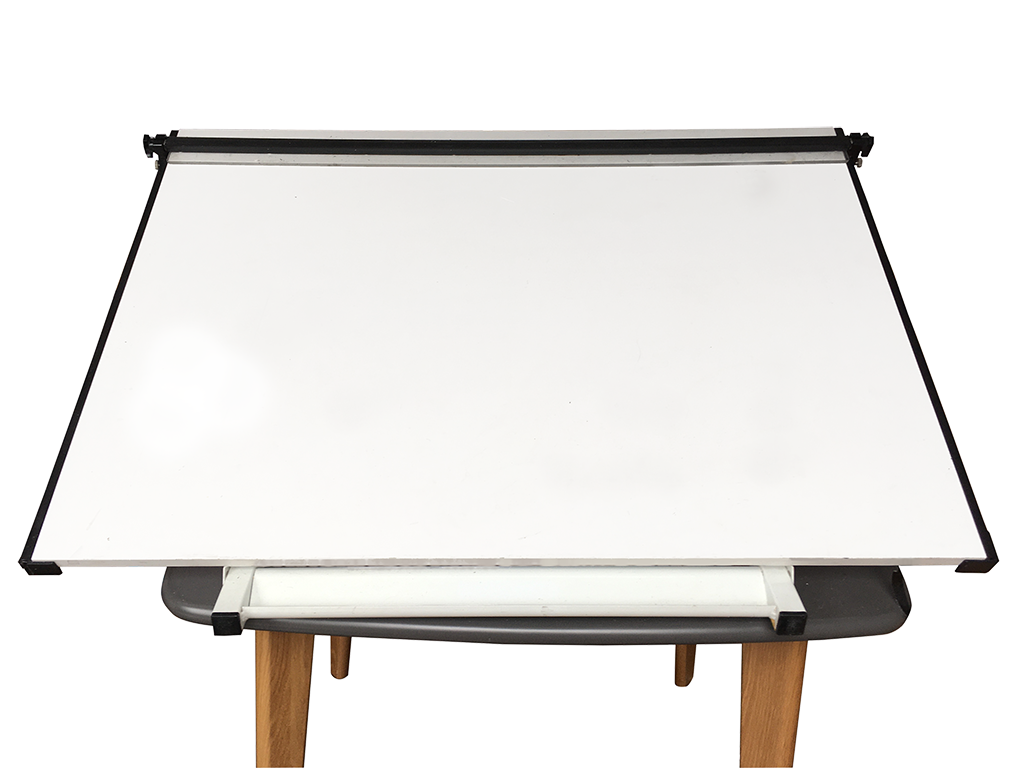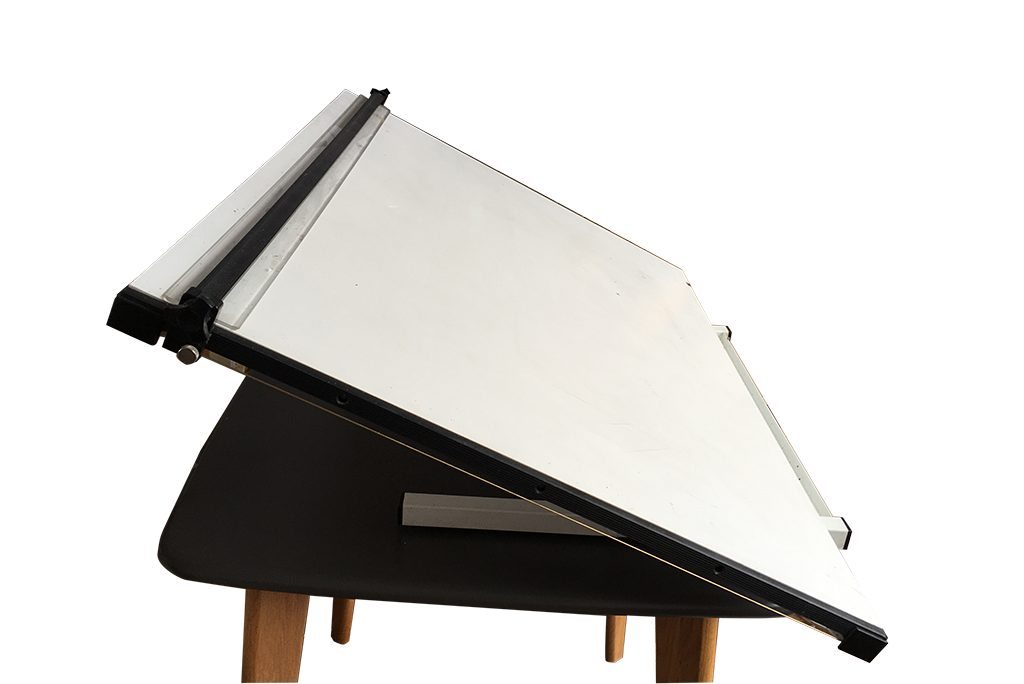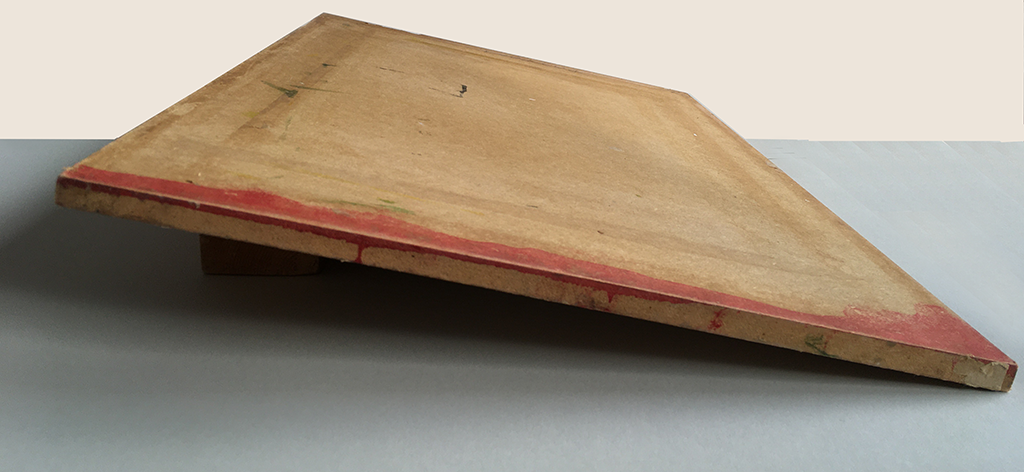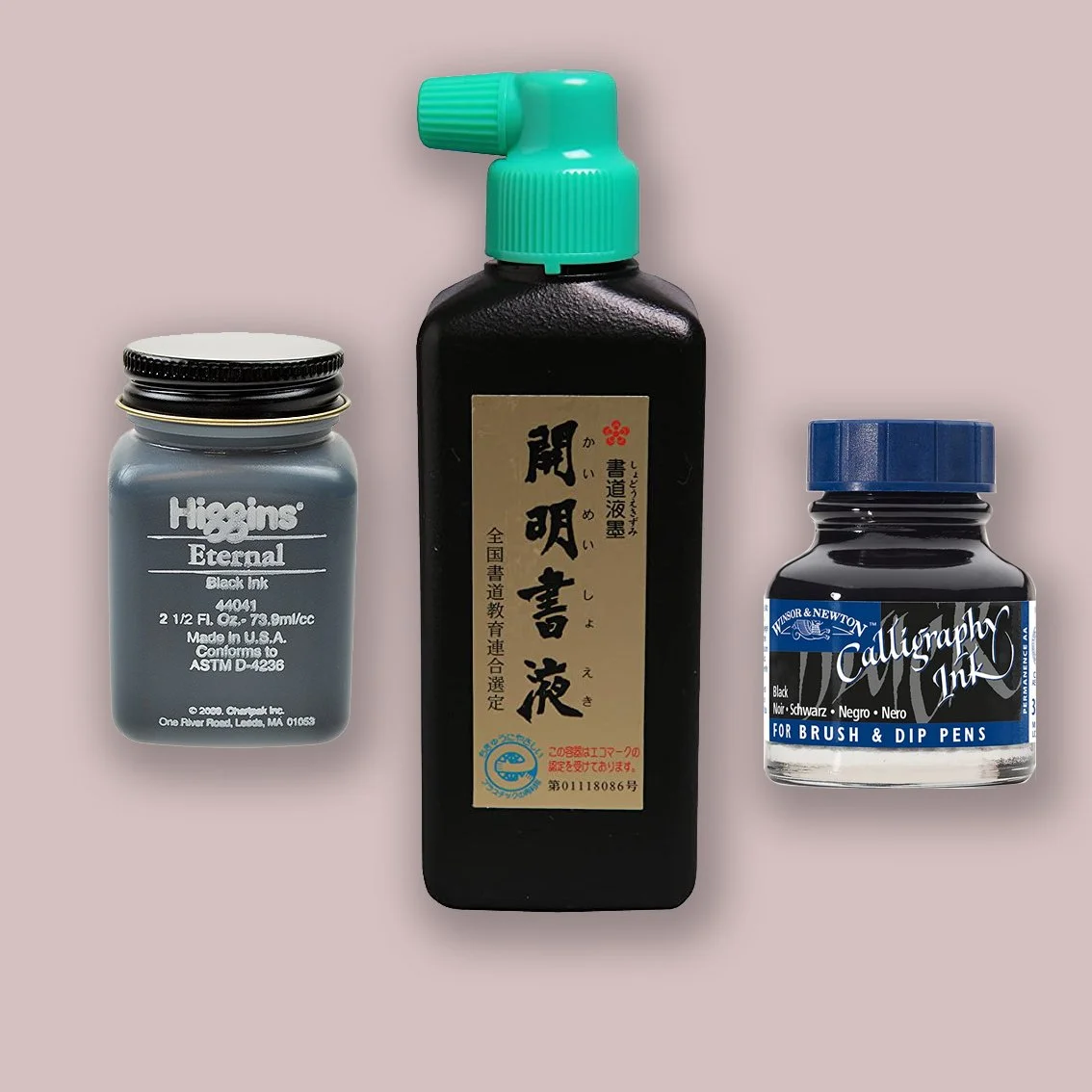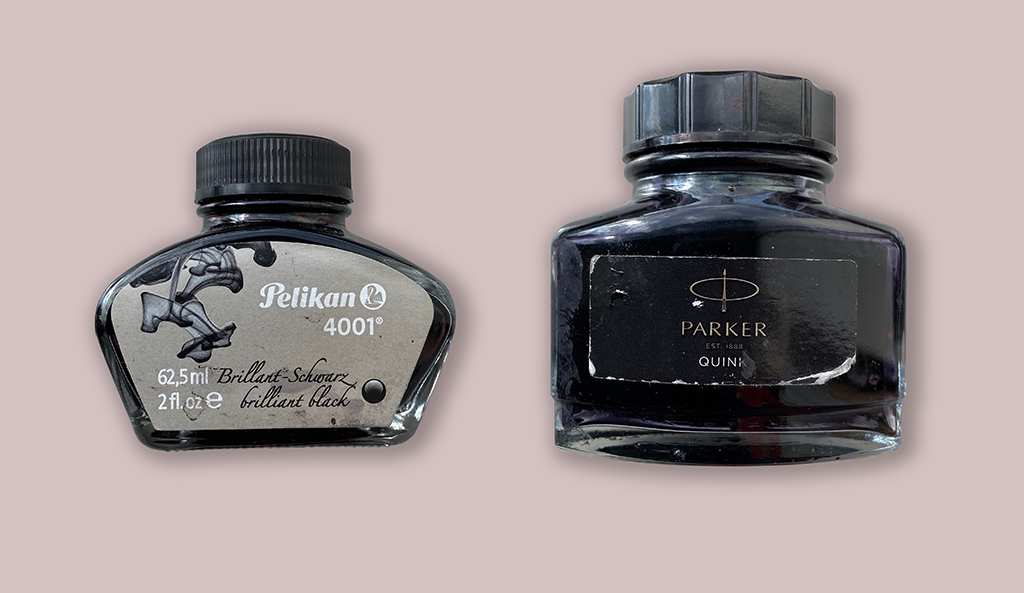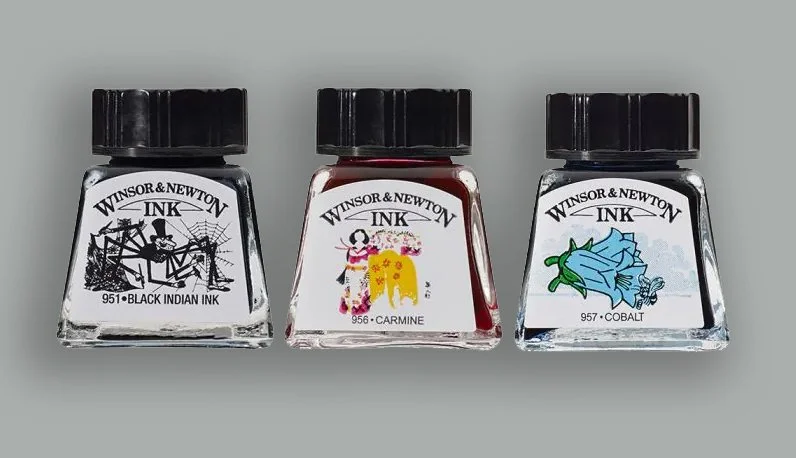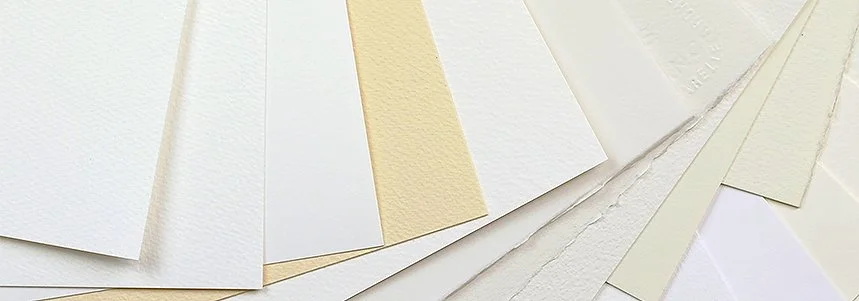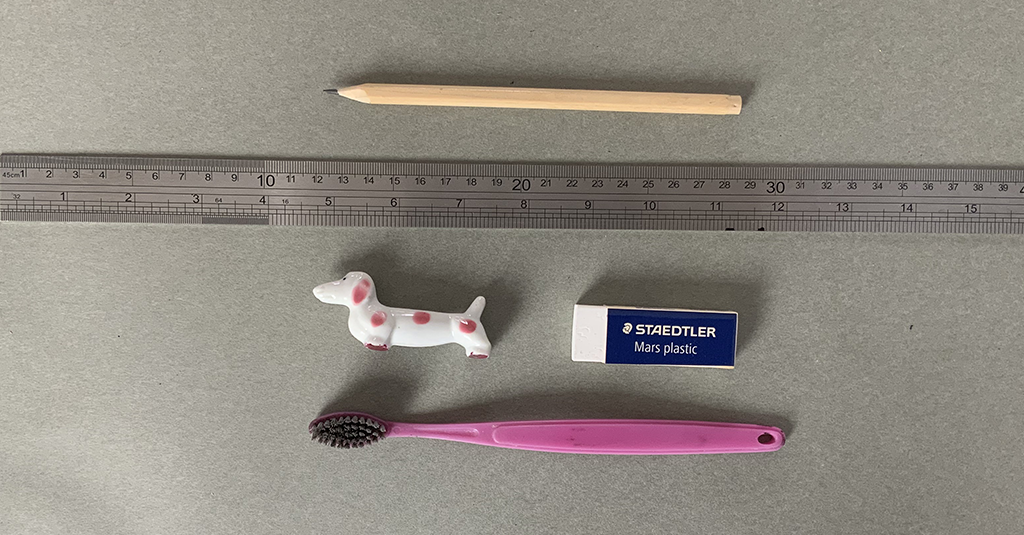Tools and equipment for traditional calligraphy
Calligraphy is a skill so, the more you can practise, the more you’ll improve. Don’t feel pressured into buying everything but before making your purchase you need to consider:
1) How much space you have to work in
2) How much time you have to practise
3) The type of work you want to create
A3 FOLDER
Many of your exercises will go in the bin but it’s worth keeping some of them because when you look at them at a later date you’ll be amazed at how far you’ve progressed. A folder is also useful for storing ideas which may lead to larger, finished pieces of work.
TOOLS AND EQUIPMENT FOR PRACTICE
PILOT PARALLEL PENS Cartridge writing pens
These pens are good for the complete beginner because you won’t encounter problems with ink flow or control. They are available separately in 4 sizes: 6mm, 3.8mm, 2.4mm, 1.5mm and cost around £10 each. Although they are more expensive than broad-edged felt-tip pens, they last a lot longer and produce a better quality of line.
You will also need black cartridge refills (£2 for a box of 6,) but I avoid the coloured cartridges, because the ink tends to bleed on some papers.
A3 LAYOUT PAPER or BLEED-PROOF PAPER around 60gsm.
Layout paper is the calligrapher’s rough paper, which is useful for exercises, first drafts and for roughing out ideas. It is thinner than cartridge paper and therefore more cost effective however, you will notice the paper cockles when the wet ink dries, but it is only practice paper. Don’t be tempted to use photocopying paper, because the ink will bleed.
A3 TRACING PAPER
If you are struggling to achieve cohesive letter shapes try tracing over your exempla first.
TOOLS AND EQUIPMENT FOR FINISHED WORK
Writing with metal nibs and ink is more challenging than using the parallel pilot pen, but you will learn so much more about touch, rhythm and quality of line, which are so important to your understanding of calligraphy.
BROAD-EDGED NIBS
MITCHELL NIBS
I bought my nibs when the company was known as Rexel Mitchell and you may come across packaging where they are described as Round Hand pens. They are all the same; they are square cut nibs for all types of edged pen calligraphy including Uncial, Carolingian, Gothic and Italic.
They are available in assorted sizes; the biggest nib has the smallest number and the smallest nib has the biggest number. These nibs can be purchased separately or as a set and you will also need a nib holder and at least 2 reservoirs. Left hand oblique nibs are more comfortable and easier to use for left-handers.
SPEEDBALL ‘C’ STYLE NIBS
These nibs also come in a range of sizes and are an alternative to Mitchell nibs; you don’t need to purchase both. The main difference is these nibs have an integrated reservoir but you will still need to purchase a nib holder.
DRAWING BOARD
The drawing board provides a rigid support for your work but it must be angled because the angled surface will help to control the flow of ink. You will also have a direct and clear view of your work without leaning over the paper which would eventually lead to tension and discomfort in your shoulders and back.
A cheaper alternative to a commercial board is a thick piece of MDF (medium density fibreboard) and you’ll need a block of wood or a pile of books to create the slope.
INK
Use black non-waterproof ink that is opaque but not too thick and doesn’t contain shellac. Shellac is a varnish that will damage your nibs.
LEFT: Higgins Eternal. MIDDLE: Chinese Sumi Ink. RIGHT Winsor and Newton Calligraphy ink.
AVOID Inks made specifically for fountain pens and also these drawing inks which are also made by Winsor & Newton because they are too thin and will bleed on most papers.
PAPER
There is a bewildering array of writing and drawing papers so choose good-quality cream watercolour paper that is either very smooth (Hot Pressed) or has a slight texture (Cold Pressed).
Reliable brands include Fabriano Artistico, Saunders Waterford and Arches.
Coloured papers provide an instant source of colour and I also use them for letter cutting projects.
Cartridge and cover papers have the strongest hues but if you want a surface that looks more natural and has a little bit of texture pastel drawing paper such as Ingres or Canson Mi-Tientes.
MISCELLANEOUS EQUIPMENT
You’ll need a well sharpened HB pencil, a ruler which is at least 45cm long, a pen rest (chopstick rests are perfect for this), an eraser and an old toothbrush for cleaning your nibs at the end of a session.
Although some traditional work demands the use of black ink you may want to to explore working in colour. Buy good quality designer gouache paints rather than student grade because there’s far more pigment in them so it’s well worth the extra expense. You will also need a mixing palette and a selection of good quality watercolour brushes.

